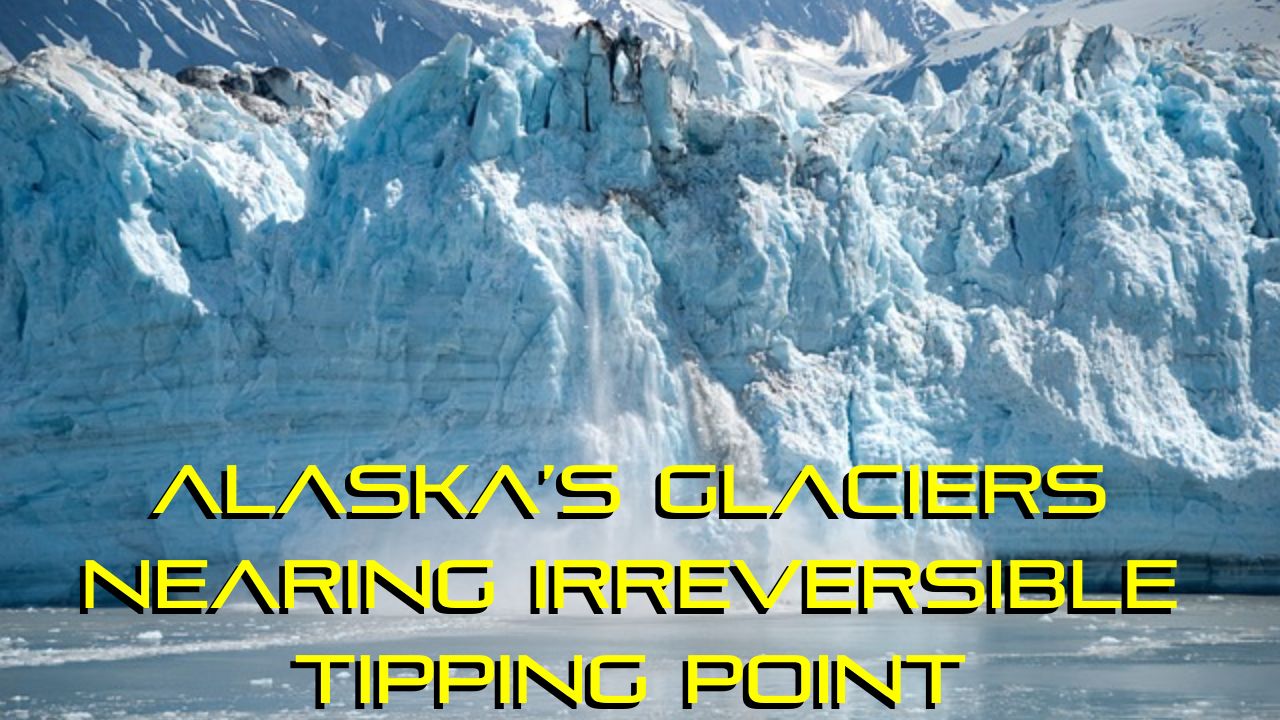Font size:
Print
Arctic Warming
Context:
The Arctic has been warming four times faster than the global average since 1979.
The Arctic plays a critical role in cooling the planet, so the rapid warming of this region has the potential for severe global impacts, including rising sea levels and disruptions to global weather patterns. The livelihoods, health, and cultural identities of Indigenous and local Arctic communities are at risk due to these changes.
More on News
- On February 2, temperatures at the North Pole rose more than 20 degrees Celsius above the average, surpassing the threshold for ice melting.
- On February 1, temperatures in Svalbard, Norway were already 18°C hotter than the 1991-2020 average, and by the next day, they had exceeded 20°C above average.
- This was described as an extreme winter warming event by Mika Rantanen, a scientist at the Finnish Meteorological Institute.
Reasons for Unusually High Temperatures
- The warm temperatures were influenced by a deep low-pressure system over Iceland, which allowed warmer air from lower latitudes to move into the region.
- Additionally, hot sea surface temperatures in the northeast Atlantic intensified wind-driven warming, further contributing to the extreme temperatures.
Why is the Arctic Warming Faster than the Global Average?
- The global temperature has risen by about 1.3°C compared to the 1850-1900 baseline. However, the Arctic has warmed 3.8 times faster than the global average since the late 1970s.
- Albedo effect: The melting sea ice in the Arctic reduces the region’s ability to reflect sunlight. As ice melts, darker land or water surfaces are exposed, which absorb more sunlight and heat, contributing to higher temperatures.
- Lack of convection: In the Arctic, there is weak convection, meaning that the heat concentrated near the surface does not get mixed vertically into the atmosphere. This contrasts with the tropics, where strong convection distributes heat more evenly through the atmosphere, leading to greater warming in the Arctic.
Climate Crisis Threats to the Arctic
- Summer Sea Ice is Disappearing: Arctic sea ice is shrinking by 13% per decade. Thinner and younger sea ice poses a risk to animals like polar bears, walruses, and narwhals, which are highly dependent on sea ice.
- If global temperatures rise by more than 1.5°C, Arctic summer ice could vanish within decades.
- Arctic is No Longer a Global Air Conditioner: The diminishing sea ice accelerates warming in the region and globally. Sea ice reflects sunlight, but as ice melts, the darker ocean surface absorbs more heat, contributing to a feedback loop of warming.
- Sea Levels Are Rising: Arctic glaciers and ice caps contribute 35% of global sea-level rise. The Greenland Ice Sheet, if it melts, could cause a rise of up to 33 cm this century, and more than a meter by 2200. This will affect coastlines worldwide.
- Wildfires Are Surging: Wildfires in regions like Alaska and Siberia are increasing due to climate change, releasing more greenhouse gases. These fires are damaging habitats for species like caribou and salmon, threatening food security, infrastructure, and cultural identities.
- Permafrost Thawing: Permafrost, which covers a quarter of the northern hemisphere’s landmasses, is thawing due to rising temperatures. This thawing disrupts infrastructure, such as buildings, pipelines, and airstrips, and releases stored carbon, contributing to climate change.
- By 2050, half of Arctic infrastructure could face damage due to thawing permafrost.
- Coastal Erosion: Intensifying with some areas in Alaska losing up to five meters of coastline annually. With less sea ice to protect shorelines, storm surges flood communities, damage property, and accelerate permafrost thawing.
Possible Solutions
- Government Action on Emissions: The Arctic states should commit to 50% reduction in emissions by 2030 and net-zero emissions by 2050. Governments need to set stronger targets and implement policies to prevent further global warming and reverse nature loss by 2030.
- Protecting Arctic Habitats: More protected areas are needed in the Arctic to preserve biodiversity.
- By 2016, 20.2% of Arctic land areas were protected, but only 4.7% of the Arctic Ocean was conserved.
- At least 30% of all land, seas, and freshwater must be protected in the future to build resilience in Arctic ecosystems.
The Importance of Immediate Action
- Time is running out—the future of the Arctic depends on the decisions we make today.
- Protecting the Arctic and its unique habitats will be impossible if global warming is not slowed or reversed.



